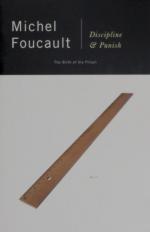|
This section contains 1,692 words (approx. 6 pages at 300 words per page) |

|
Overview
The development and institution of synchronized sound brought about a total revolution in the artistic potential of motion pictures, but the history of sound film's development is also a testament to the forces of economics in the film industry.
Background
Films were never truly silent; by 1900, major theaters provided some form of musical accompaniment to motion pictures, whether through scores written for films and played out on large organs, or through the improvised accompaniment of a pianist or other musicians. Attempts were made to bring recorded sound to the film-going experience, but the only available technology were cylinders or discs of recordings, such as were used in the early Edison phonographs. (Thomas Alva Edison's [1847-1931] original phonograph used a tin-foil covered...
|
This section contains 1,692 words (approx. 6 pages at 300 words per page) |

|


